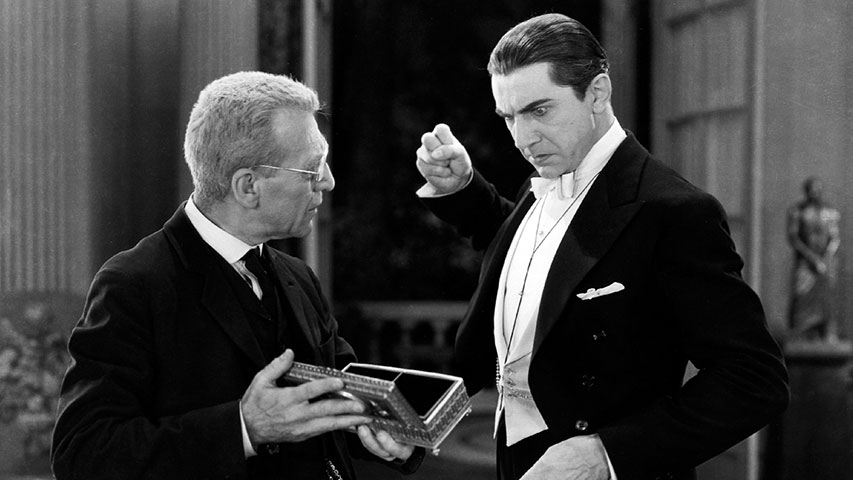
Frightful and Insightful
HAVE A SAFE AND HAPPY HALLOWEEN!
In Georgia Tech's 130 years of existence, we've encountered plenty of stories of spirits and ghosts creeping around the Institute's grounds and halls — and not just George P. Burdell.
We've also had our fair share of faculty who have taken up some pretty creepy research. Dracula's spirit, for example, remains strong in the Ivan Allen College of Liberal Arts. That's where two experts cast a gaze on the marks left by the villain, both literarily and literally.
To celebrate the coming weekend, here are some spooky stories, frightful facts, and Halloween happenings that might have you looking over your shoulder Saturday night.
Why Dracula Still Matters in 2015
![]()
Carol A. Senf, Professor, School of Literature, Media, and Communication.
Photo by Ivan Allen College of Liberal Arts.
Bram Stoker was arguably a minor novelist when he wrote Dracula in 1897. His book has never been out of print and has piqued the interest of both the general public and — more recently — of scholars from a variety of critical methodologies: Marxist, psychoanalytic, feminist, cultural studies. One of them is Carol Senf, a professor in the School of Literature, Media, and Communication.
Stoker’s novel addresses the xenophobia of the times (with immigrants arriving in England from various corners of the Empire); concern over the fact that women were demanding equal rights in the professions, the universities, the streets, and the bedrooms; and the fear that this creature from the medieval past can dominate a scientific, technological, and progressive present. Seduced by Dracula, they will become — in Dr. Van Helsing’s words — “foul things of the night like him, without heart or conscience, preying on the bodies and the souls of those we love best.”
The fear of becoming like him is one of the reasons that various adaptations have emphasized slightly different aspects of Dracula. The 1931 adaptation that established Bela Lugosi as the iconic face of Dracula continues to emphasize his foreignness and his aristocracy. More recent adaptations featuring Christopher Lee, Frank Langella, Jack Palance, or Gary Oldman feature his sexual charisma and the possibility that we ordinary mortals might be seduced into becoming like the monster that retains elements of his essential humanity.

(Left to right): Edward Van Sloan as Professor Abraham Van Helsing, and Bela Lugosi as Count Dracula, in the 1931 horror film Dracula, directed by Tod Browning for Universal Pictures.
That humanness is largely missing today, as the still human vampire has been replaced by hoards
of marauding zombies driven only by a mindless desire to feed. Since monsters reflect the
deepest fears of the times in which they are created, there’s a reason that humans encounter
zombies not as an individualized seductive threat but as an impersonalized herd, identified only
by inarticulate, animalized grunts and shambling movements. While I understand the fear of that
threat, I miss Dracula, the seductive monster whose touch could bring immortality as well as
death. Like many others, I await his resurrection.
Read
why Senf says the Gothic is essential in the modern technological world.



